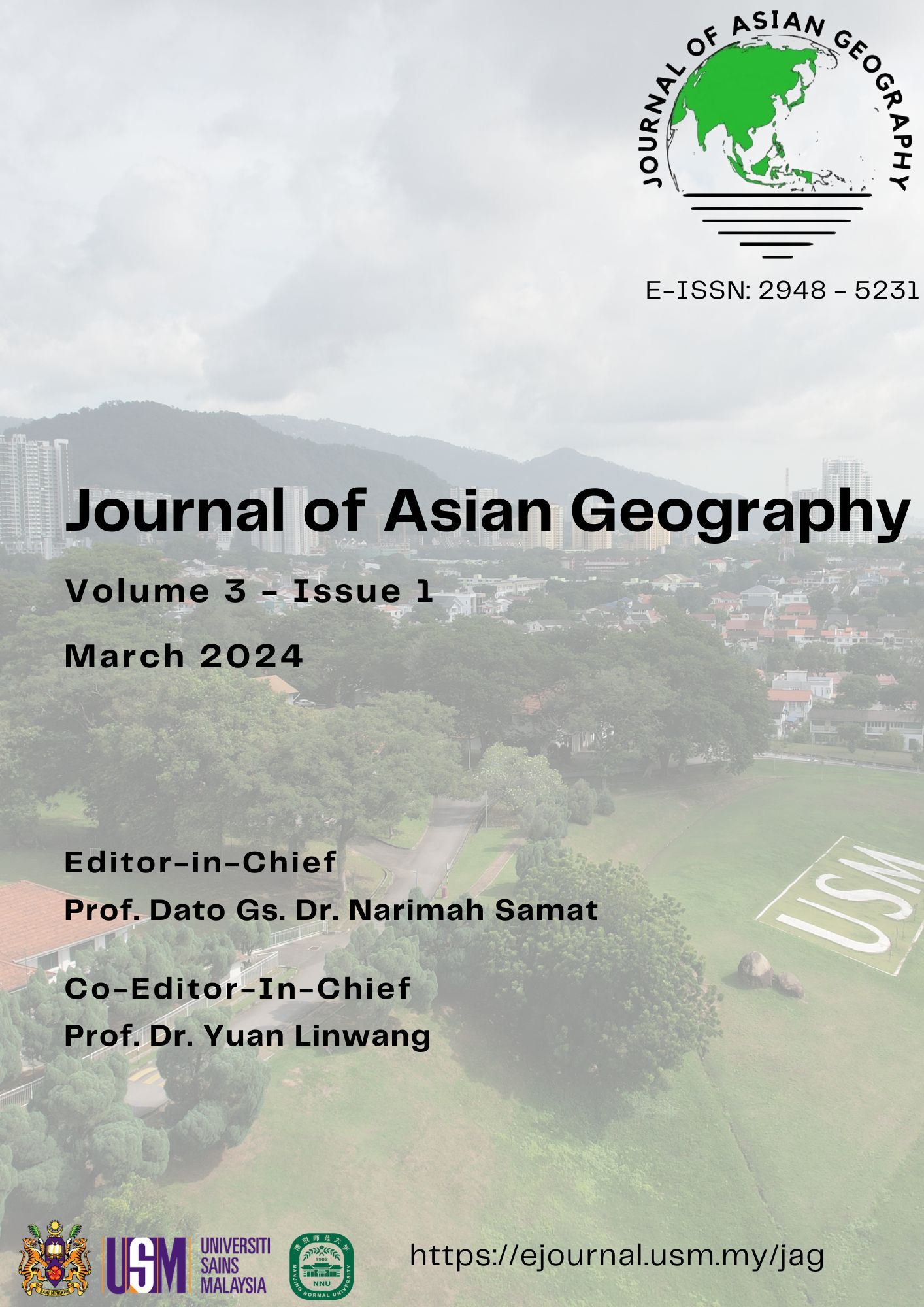GIS and Geospatial Approaches for Political Science Studies: Urban Development Analysis
DOI:
https://doi.org/10.36777/jag2024.3.1.2Keywords:
geographic information system, political science, urban developmentAbstract
A geographic information system (GIS) is a tool that collects, organizes, interprets, and maps different kinds of data. The geospatial method consists of the gathering, displaying, and manipulating of imagery, GPS, satellite photos, and historical data that are used with geographic models and either explicitly specified in terms of geographic coordinates. Political science studies regional, state, and national governments, political actors, political discourse in the media, and the connections between political figures and groups. In this study, Geographic Information System and Geospatial approaches for Political Science studies are used to develop Urban Development Analysis. Political scientists have been incorporating GIS technology into their statistical analyses in recent years. This study's understanding of GIS as a mix of technology, methodology, and situated social practices is the foundation of the GIS. With the development of a permanent and easily editable database in a particular area, where various types of data may be kept, merged, and graphically displayed, GIS technologies make it all this simpler. GIS allow researchers to deal with complex, multivariate, and multidimensional historical processes more successfully as well as uncover historical, political, or social issues that may not always be readily apparent when using more conventional research and analytical techniques.

Downloads
Published
Issue
Section
License
Copyright (c) 2024 Journal of Asian Geography

This work is licensed under a Creative Commons Attribution 4.0 International License.

